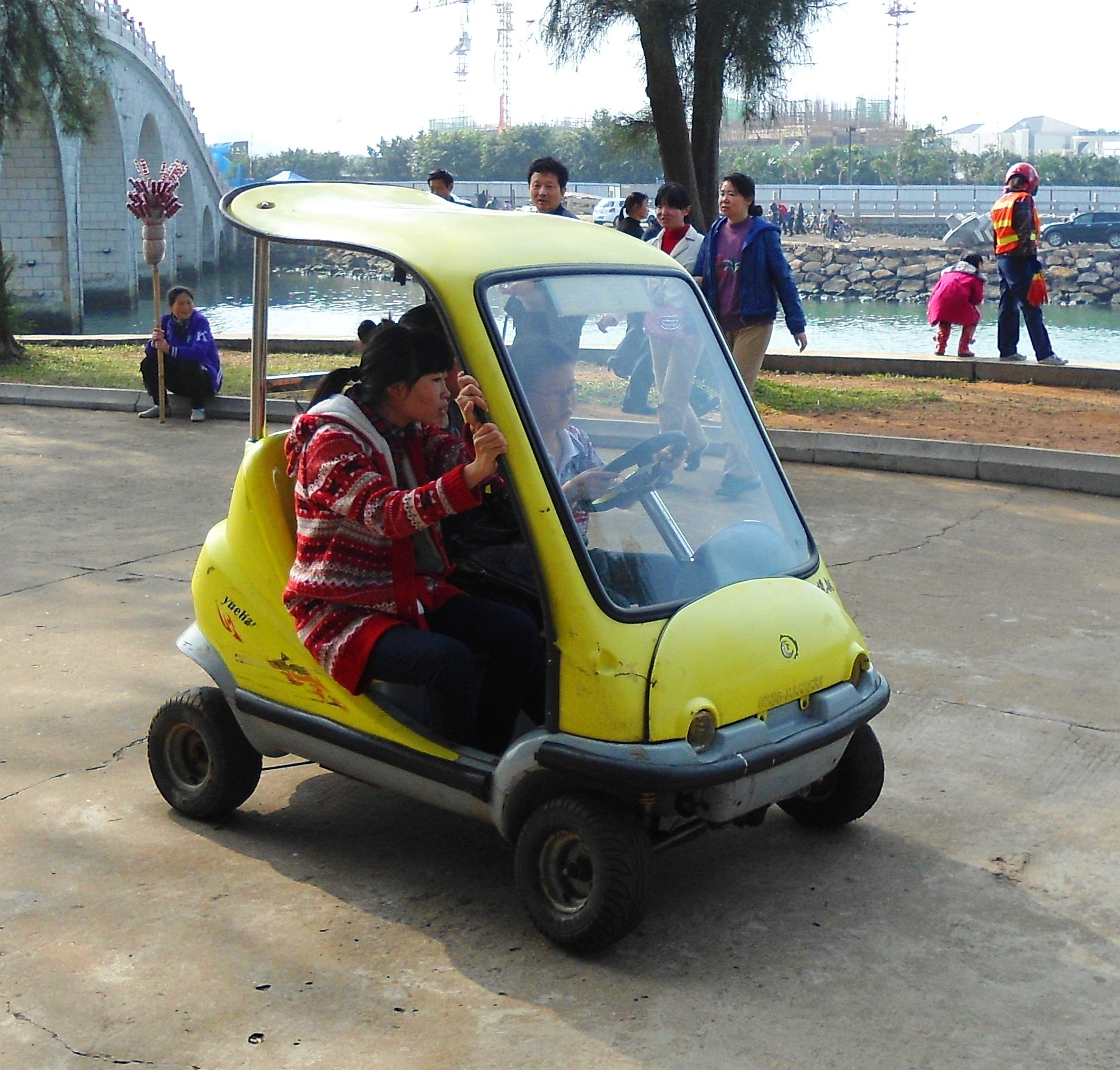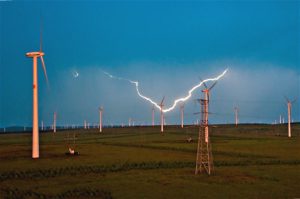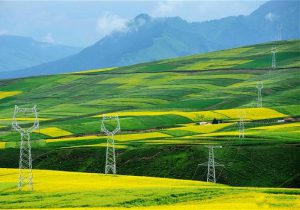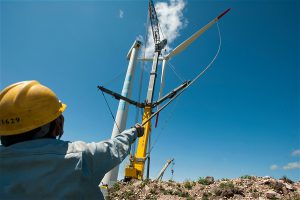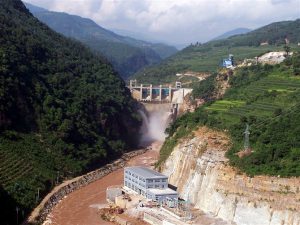Last week, chinadialogue attended the inaugural Financial Times Clean Energy Week in the plush surroundings of London’s Park Lane Intercontinental. The three-day conference was designed to bring together a mix of policymakers, business people and academics to discuss strategies for decarbonising global energy systems, ridding the world of waste, and working out how this might all be financed.
Out of the procession of panels emerged some ideas that stayed with us long after the clatter of Derby shoes died down.
1) Waste is a failure of the imagination
“This is an opportunity for reinvention,” said EU Commissioner Karmenu Valle of the Circular Economy, a regenerative, economic model for keeping resources in use for as long as possible, while at the same time extracting their maximum value and cutting waste.
“Waste is a failure of imagination, it is also a failure of innovation,” said the Maltese politician in charge of Environment, Maritime Affairs and Fisheries. Valle was referring to a collective imagination, which has largely neglected consumer inputs in the approach taken toward resource management and product design.
Designers need to work unfettered in order for new ideas to flourish. And to reimagine “consumers” as “users” who play a more active role in design, rather than being passive product funnels into the home.
2) Clean tech will underpin new global alliances
Today, the wellspring of green innovation is located in the US. But this could change, particularly given that the US may withdraw from the Paris Agreement today.
In Europe the need to move to sustainable energy systems and cut waste is an imperative. By redesigning products (such as lifts, solar panels, fridges and containers) Europe could save a total of 850 million euros by 2020 through energy efficiencies, said the EU Commissioner. This would lead to savings of seven million tonnes of CO2. He also said that Europe holds 40% of all patents for ”sustainable technologies”.
In the context of the EU’s new alliance with China on climate change, the opportunity for these Eastern and Western economies to lead is wide open. As the world’s biggest producer of waste, China’s engagement will be critical to solving the issue globally.
The EU Commissioner was bullish on the Chinese government’s commitment to energy and reform. “Chinese companies that have brought in the circular economy are already prospering as a result,” he said, highlighting that China incorporated circular economy principles in its 12th Five-Year Plan and repeated the commitment in the latest 13th Five-Year Plan, which was released in March 2016.
3) Plastics are the scourge of our time
The world recycles just 14% of the plastic packaging it uses. In our oceans float tangled masses of waste, some of which are bigger than the continent of Europe. Much of this marine litter is granular and it can be found as deep as 35 metres below sea level.
Aside from the harmful effects of plastic on marine life, there are other major concerns. Firstly, the cost of cleaning up. Europe spends 600 million euros each year cleaning its beaches and coastal areas, with that number growing. Secondly, 90% of plastics are made from oil and so encourage further extraction of fossil fuels.
The EU Commission has made tackling plastics a priority and plans to release a new strategy on managing plastics by the end of 2017. Meanwhile, China has removed the VAT on using secondary plastics.
4) The energy transition will happen faster than expected
The global energy revolution has already seen some milestones. In 2015, more money was invested in renewables than fossil fuels. China, the world’s biggest polluter, has pledged to power 15% of its electricity grid with renewable sources by 2020. In the US, 89% of people favour more solar farms and 83% support wind farms, according to the Pew Centre.
And yet, 86% of energy consumption is still based on oil, gas, and coal.
The falling price of renewables will undoubtedly speed up the energy transition. Since 2009, solar photovoltaic module prices have fallen by 80% and wind turbine prices have fallen by around 30-40%. The price of shale gas is set to decline further, pushing coal out of the energy mix in some countries.
“The energy revolution is going to happen much more quickly than we think,” said Wilfred Petrie, CEO at utility giant Engie. “By 2019, 75% of our portfolio will come from low carbon businesses”.
Petrie said there is more value today in reducing energy consumption than supplying energy itself. “The focus is on decentralised distribution and storage.” Much of this development is expected in Asian economies, which are growing quickly and have the ability to leap-frog Western models of urban development
5) Batteries are coming of age
Much discussion focused on the revolution in electric vehicle (EV) car sales, led principally by China (the Chinese government plans to have five million electric vehicles on the road by 2020, more than any other country).
Because of this we can expect to see battery costs continue to fall, and battery storage become widely adopted. Storage is required because it helps address the challenge of dealing with intermittency on grids that comes with using renewable energy sources. “The EV revolution being driven by consumers, by drivability and by clean air. Not by policy [alone],” said Juliet Davenport CEO of Good Energy.
